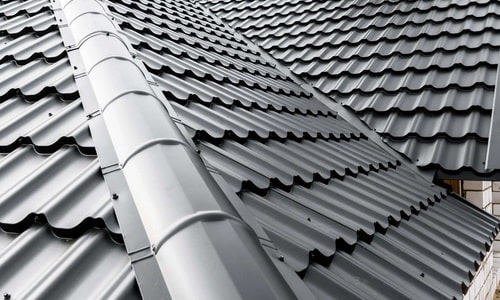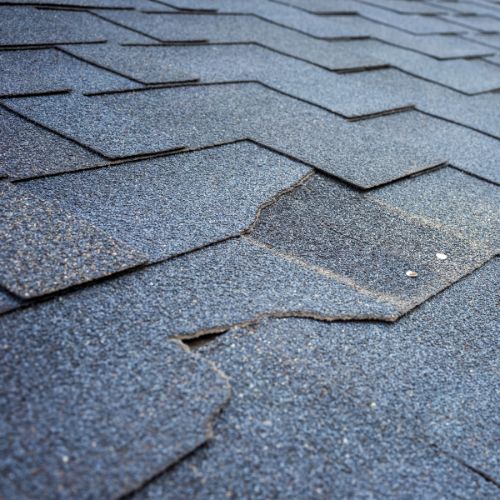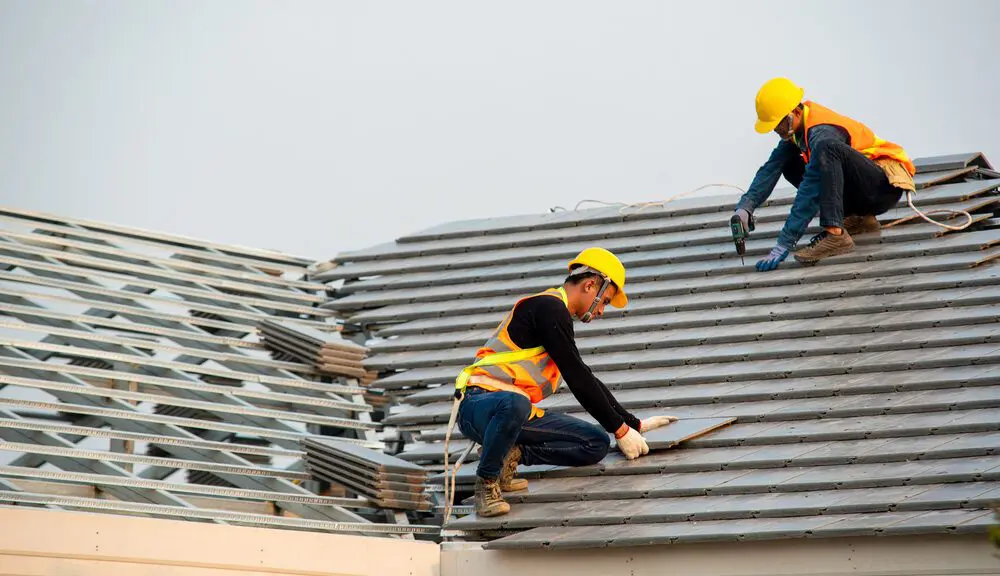Ultimate List for Reviewing the Problem of Your Roof and Identifying Potential Problems
By adhering to a thorough list tailored to evaluate the different elements of your roofing system, you can gain beneficial understandings into its existing state and preempt any type of approaching problems. This aggressive technique not only makes certain the durability of your roof but also adds to preserving the architectural stability of your home.

Roof Covering Assessment Equipment
These tools help in identifying possible problems, assessing the total condition of the roof, and establishing the required upkeep or repairs required. One of the primary devices used in roof covering assessments is a moisture meter, which aids determine areas of caught moisture within the roofing layers that could suggest leakages or water damage.

Moreover, an electronic video camera or smart device is essential for documenting the assessment procedure, capturing pictures of any type of damages or locations of concern for further examination. Various other devices such as binoculars, roofing system probes, and safety and security tools like harnesses and ladders are important for a detailed and secure roofing inspection. By using these tools successfully, assessors can perform thorough assessments, identify concerns without delay, and advise ideal remedies to keep the roof covering's honesty.
Outside Roof Covering Evaluation
To thoroughly assess the condition of a roof, an outside roof covering analysis is necessary to evaluate the surface area for indicators of wear, damages, or prospective issues. Throughout an outside roofing assessment, it is critical to begin by checking out the roof shingles or roof material. Seek any type of missing, cracked, or curled tiles as they can suggest water penetration and possible leakages. Check for moss or algae development, which can catch wetness and cause deterioration with time. Furthermore, examine the blinking around chimneys, vents, and skylights to ensure they are safe and in great problem to stop water infiltration.

Furthermore, assess the rain gutters and downspouts for blockages or damage that can result in water backup and overflow onto the roofing (Keep Dry Roofing LLC). Trim any kind of overhanging branches that can scrub against the roofing surface or give very easy gain access to for bugs. Finally, analyze the total sanitation of the roof covering, as particles build-up can preserve dampness and increase roof covering wear and tear. By performing a detailed outside roofing assessment, property owners can identify and deal with potential concerns prior to they escalate right into expensive repair work.
Inside Ceiling Assessment
Upon getting in the interior area, a comprehensive analysis of the ceiling is vital to determine any kind of indications of water damages, leaks, or structural concerns. Start by aesthetically inspecting the ceiling for any type of discoloration, sagging, or peeling off paint, as these can suggest water seepage from the roof covering. Search for water discolorations or mold and mildew development, which are clear indications of a leak. Pay close focus to any areas where the ceiling satisfies the wall surfaces or where lights are installed, as these are common areas for water breach. Additionally, check for any type of indications of drooping or disproportion in the ceiling, which could recommend architectural troubles that need right here immediate attention. Make use of a flashlight to examine hard-to-reach corners and gaps extensively. Any kind of musty odors or moisture airborne need to additionally raise concerns about possible roof issues. Making the effort to examine the indoor ceiling can aid identify roofing problems early on and stop more damages to the residential or commercial property.
Attic Assessment
The attic room offers as a critical part of the roofing system, offering insights into prospective issues that may not be visible from the exterior or interior of the why not try this out residence. Throughout the attic room examination, it is crucial to check for signs of water damage, such as water discolorations, mold growth, or decaying wood, which could indicate a leakage in the roof covering. Regularly assessing the attic room can aid recognize prospective roof issues early on, allowing for timely repairs and upkeep to lengthen the life expectancy of the roof.
Addressing Usual Roof Covering Issues
One of the most constant concerns homeowners face is a leaking roofing, usually created by damaged or missing roof shingles, inappropriate installment, or deteriorated flashing. Another typical issue is roof covering web link ventilation issues, which can lead to excess warm and moisture accumulation in the attic, triggering premature degeneration of the roof products. Furthermore, the build-up of debris such as leaves, branches, or snow on the roofing system can block drainage systems and lead to water pooling, which might at some point create roof covering leakages or structural damage.
Verdict
In verdict, a comprehensive assessment of your roofing system is important to identify possible concerns and make sure the general problem of your roof covering. By making use of the proper tools and conducting outside, attic room, and interior inspections, usual roofing issues can be resolved immediately. Regular upkeep and timely repairs can aid prevent significant damages and extend the life expectancy of your roofing system.
One of the key tools used in roofing assessments is a wetness meter, which helps recognize areas of entraped moisture within the roof covering layers that might show leaks or water damage. Other tools such as field glasses, roofing system probes, and safety and security devices like harnesses and ladders are vital for a safe and extensive roof evaluation.To extensively evaluate the problem of a roofing system, an outside roof covering assessment is crucial to inspect the surface area for indicators of wear, damage, or prospective concerns. Assess the general sanitation of the roof, as debris accumulation can preserve dampness and accelerate roofing deterioration. Keep Dry Roofing LLC. Additionally, the build-up of particles such as fallen leaves, branches, or snow on the roof can block drainage systems and lead to water pooling, which may ultimately trigger roof covering leakages or structural damage